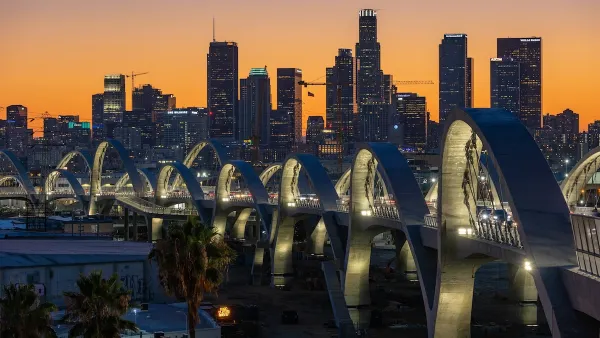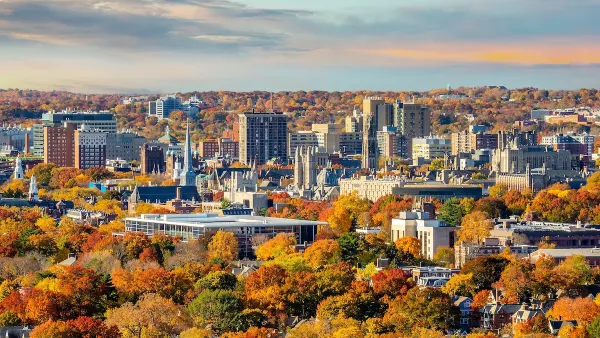Seven years after a celebrated public-private partnership, NoMa proves a smart growth success, write Rachel MacCleery and Jonathan Tarr.
When we reported on the completion of a new transit station in Washington, D.C.'s languishing North of Massachusetts neighborhood some seven-odd years ago, stakeholders already recognized its massive development potential. Just blocks north of Capitol Hill and the bustling Union Station Railway Hub, the neighborhood was dotted with empty warehouses and vacant lots at a time when the federal government was looking to move out of Downtown in search of lower rents. Now, the neighborhood is coming into its own.
But NoMa's bright future wasn't always so clear. Early development depended on the collaboration of federal and local decisionmakers, as well as private landowners. Urban Land Institute trustee James Curtis said the project required a "leap of faith" for all involved. "No one, I think, could have foreseen at the time what NoMa would become." According to MacCleery and Tarr, even the local transit authority "initially was not enthusiastic about the project."
With the help of a nonprofit corporation formed "to organize and leverage private investment," stakeholders raised $120 million to build the station, which was the critical first step in moving federal offices into the area. Now, five years after the formation of a local business improvement district, NoMa is home to 40,000 jobs and $7 billion in private investments.
"For a long time, no one was sure if anyone would live in NoMa's new buildings," said BID President Robin-Eve Jasper. "But now we know who is here, and it's at just the right time to think about things like parks and the public realm."
FULL STORY: NoMa: The Neighborhood That Transit Built

National Parks Layoffs Will Cause Communities to Lose Billions
Thousands of essential park workers were laid off this week, just before the busy spring break season.

Retro-silient?: America’s First “Eco-burb,” The Woodlands Turns 50
A master-planned community north of Houston offers lessons on green infrastructure and resilient design, but falls short of its founder’s lofty affordability and walkability goals.

Delivering for America Plan Will Downgrade Mail Service in at Least 49.5 Percent of Zip Codes
Republican and Democrat lawmakers criticize the plan for its disproportionate negative impact on rural communities.

Test News Post 1
This is a summary

Test News Headline 46
Test for the image on the front page.

Balancing Bombs and Butterflies: How the National Guard Protects a Rare Species
The National Guard at Fort Indiantown Gap uses GIS technology and land management strategies to balance military training with conservation efforts, ensuring the survival of the rare eastern regal fritillary butterfly.
Urban Design for Planners 1: Software Tools
This six-course series explores essential urban design concepts using open source software and equips planners with the tools they need to participate fully in the urban design process.
Planning for Universal Design
Learn the tools for implementing Universal Design in planning regulations.
EMC Planning Group, Inc.
Planetizen
Planetizen
Mpact (formerly Rail~Volution)
Great Falls Development Authority, Inc.
HUDs Office of Policy Development and Research
NYU Wagner Graduate School of Public Service





























